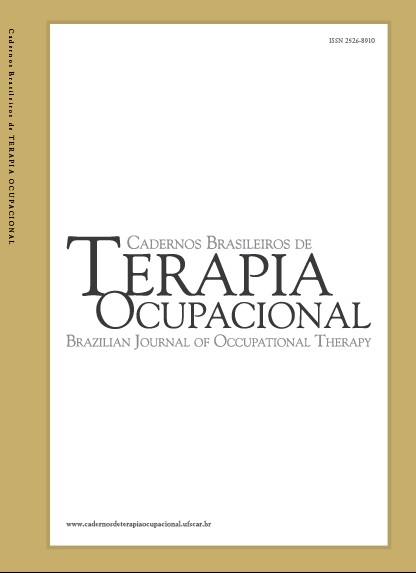Non-mandatory internship in occupational therapy: reality of students at a public university
DOI:
https://doi.org/10.1590/2526-8910.ctoAO396238441Keywords:
Higher Education, Teaching, Professional Training, Students, WorkAbstract
Introduction: The professional internship is the first contact that occupational therapy students have with the job market. It is related to higher education as it allows for deepening in different areas of practice, emphasizing practical experience. It is an opportunity to experience occupational therapy practice and acquire the skills and competencies specific to professional action. Objective: To investigate how the relationship between professional practice and the learning process of occupational therapy students in non-mandatory internships has developed, as well as their hiring conditions. Method: A qualitative study, of a descriptive-exploratory nature, that conducted semi-structured interviews with eight occupational therapy students from a public university in the Central-West region of Brazil. Data analysis was based on content analysis. Results: The participants identified as female and were aged between 18 and 24 when they started their non-mandatory internship, with five of them attending up to the fifth semester of the program. For most of them, the motivation for seeking a non-mandatory internship was the desire to gain more practical experience. However, the reports reveal a process of job precarization and the transformation of the internship into a form of underemployment. The interns find themselves without support and vulnerable to situations of abuse, role distortion, and overload. Conclusion: The reality is perceived as incompatible with the primary educational and formative objective, pointing to the urgency of a more careful approach to these activities.
Downloads
Published
How to Cite
Issue
Section
License
Copyright (c) 2025 The Authors

This work is licensed under a Creative Commons Attribution 4.0 International License.


